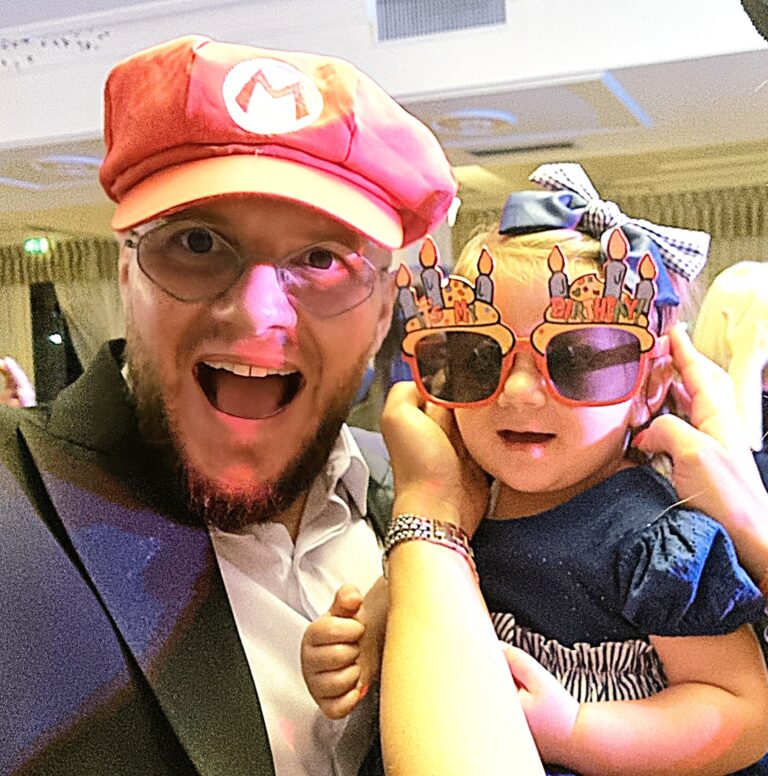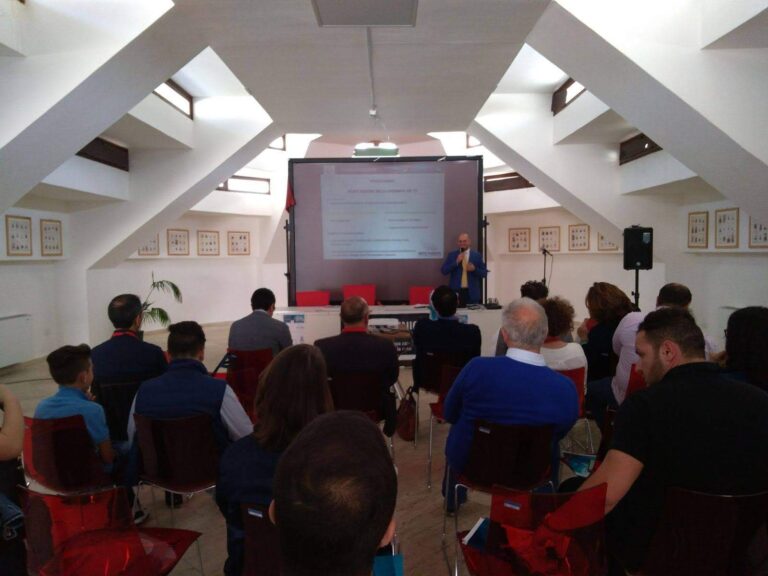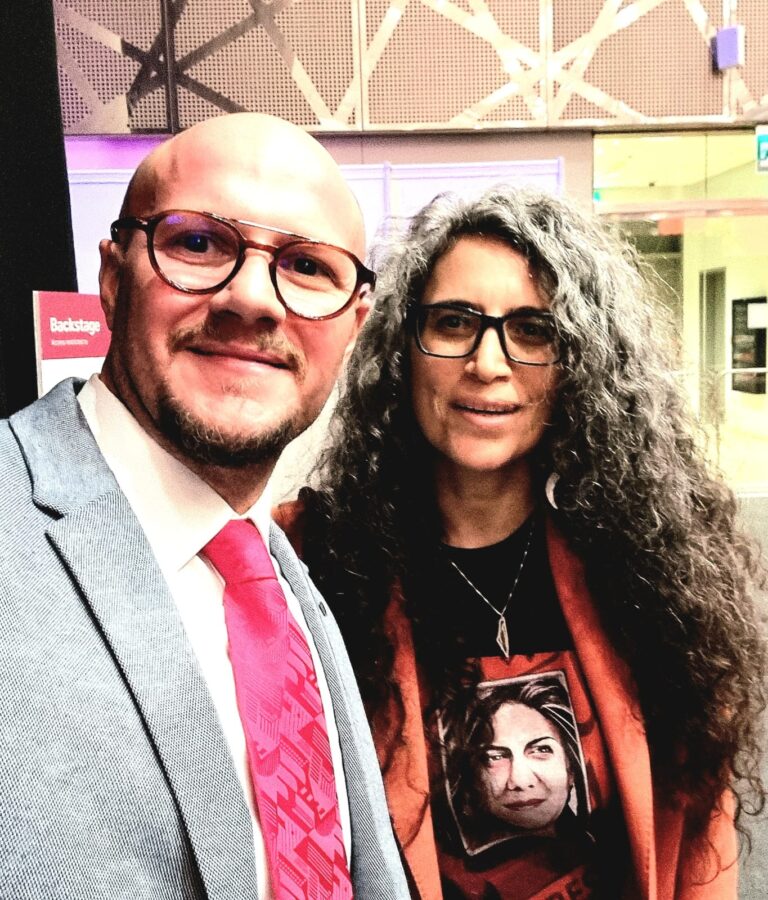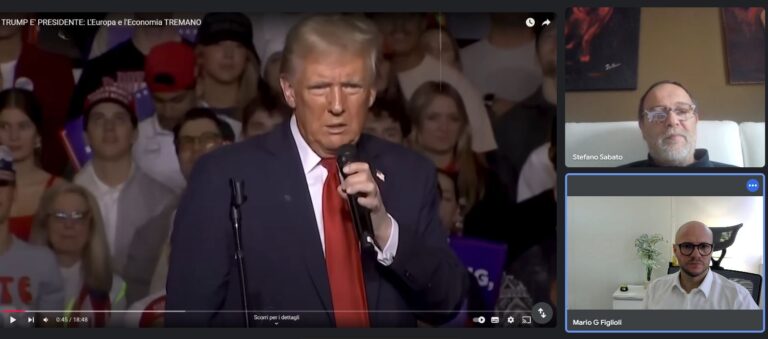Crafting the Right Message for Your Audience
By Mario Figlioli for Kulassa

One of the most fundamental concepts that can truly make a difference in your marketing efforts is finding the right message for your audience. This goes beyond simply talking about what you sell; it involves communicating in a way that resonates deeply with those who are listening. Let’s dive deeper into how to craft a message that connects with your audience effectively.
Know Your Audience
Understanding your audience is the first and most crucial step. Think of it as speaking to a friend — you know their interests, what makes them smile, and what captures their attention. Apply this same principle to your audience. If you sell hiking gear, your message might revolve around themes of adventure, nature, and discovery, because these are the elements that excite your customers.
Example: Patagonia, a renowned outdoor gear brand, excels at this by highlighting stories of adventure and environmental stewardship. Their marketing isn’t just about selling gear; it’s about promoting a lifestyle that their customers are passionate about.
Create Emotional Connections
Your message should create an emotional connection. People often make purchasing decisions based on emotions and then justify them with logic. If you can touch your audience’s heart, you are already halfway to winning them over.
Example: If you sell bicycles, don’t just focus on the technical specifications. Instead, share stories about the freedom of the open road, the health benefits of cycling, and the joy of exploring new paths. Specialized Bicycles often uses imagery and narratives of riders experiencing joy, freedom, and community, which resonates deeply with their audience.
Clear and Direct Message
Ensure that your message is clear and direct. In an attempt to be original or creative, it’s easy to confuse your audience. Your message should be immediately understandable, similar to a billboard that catches the eye within a few seconds.
Example: For a financial consulting service, a clear and direct message might focus on financial security and peace of mind — universal desires. A company like Vanguard emphasizes straightforward, jargon-free advice, which helps clients understand complex financial concepts easily.
Incorporate Real Feedback
Listening to your customers is just as important as communicating with them. Pay attention to their feedback, understand their needs, and adapt your message accordingly. This not only helps in crafting a message that resonates but also shows your audience that you value their opinions.
Example: Lululemon, a brand known for its athletic wear, actively engages with its community through social media and in-store events. They listen to customer feedback and adapt their product offerings and marketing messages to better meet their audience’s needs.
Test and Refine Your Message
Testing different versions of your message can provide valuable insights into what works best. Use A/B testing to see which messages resonate more with your audience and refine your approach based on the results.
Example: Online platforms like Mailchimp or Facebook Ads allow you to run A/B tests on your messages. By comparing different headlines, images, and copy, you can identify which elements perform best and continually optimize your messaging strategy.
Use Data to Guide Your Messaging
Utilize data analytics to understand how your audience interacts with your content. Tools like Google Analytics, social media insights, and customer surveys can provide data on what your audience likes and dislikes. Use this information to tailor your messages more precisely.
Example: Netflix uses data-driven insights to personalize recommendations and marketing messages. By understanding what types of shows or movies viewers are interested in, they craft messages that are more likely to engage their audience.
In summary, crafting the right message for your audience involves understanding who they are, creating emotional connections, keeping your message clear and direct, listening to feedback, testing different approaches, and using data to guide your strategy. By focusing on these areas, you can create marketing messages that truly resonate with your audience and drive meaningful engagement.
See you SOON,
Dr. Mario Giovanni Figlioli
P.S. Remember, a good communicator is first and foremost a good listener. Continuously listen to your customers and adapt your message to meet their evolving needs.






